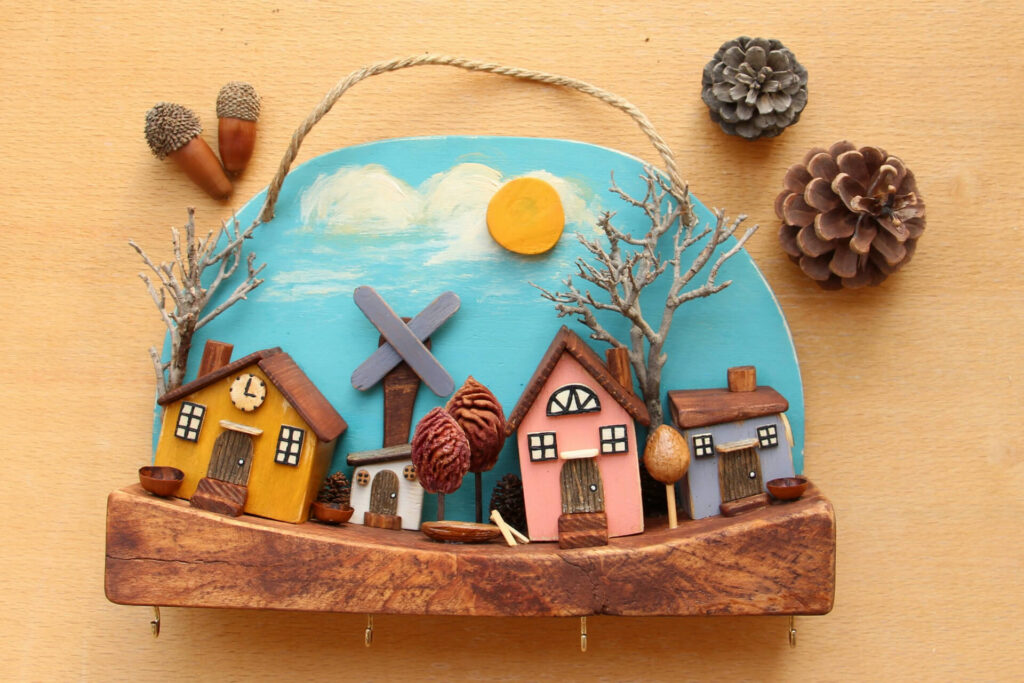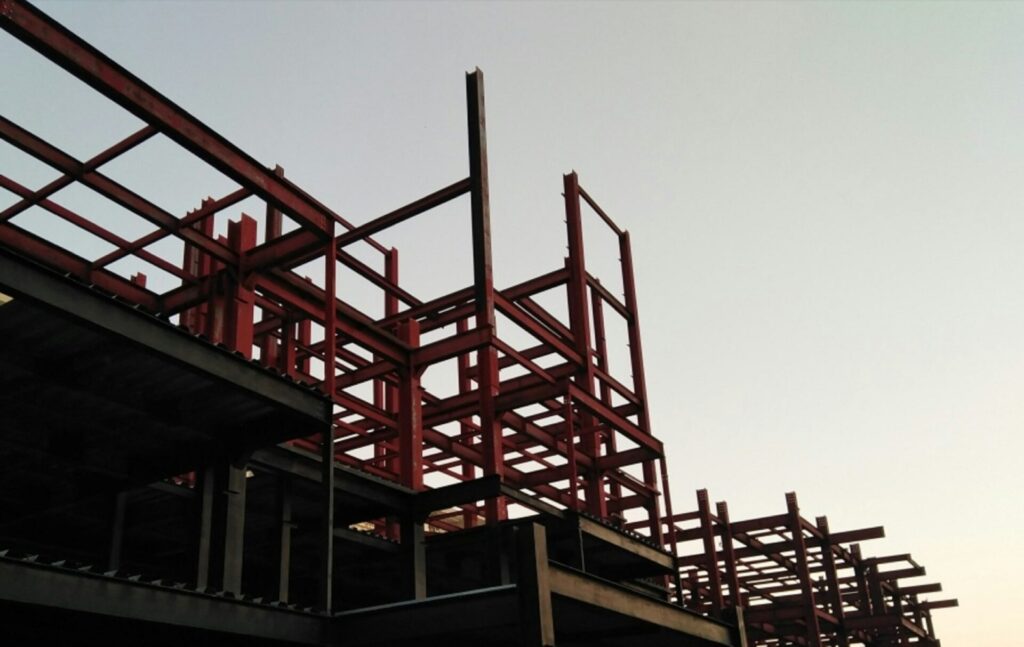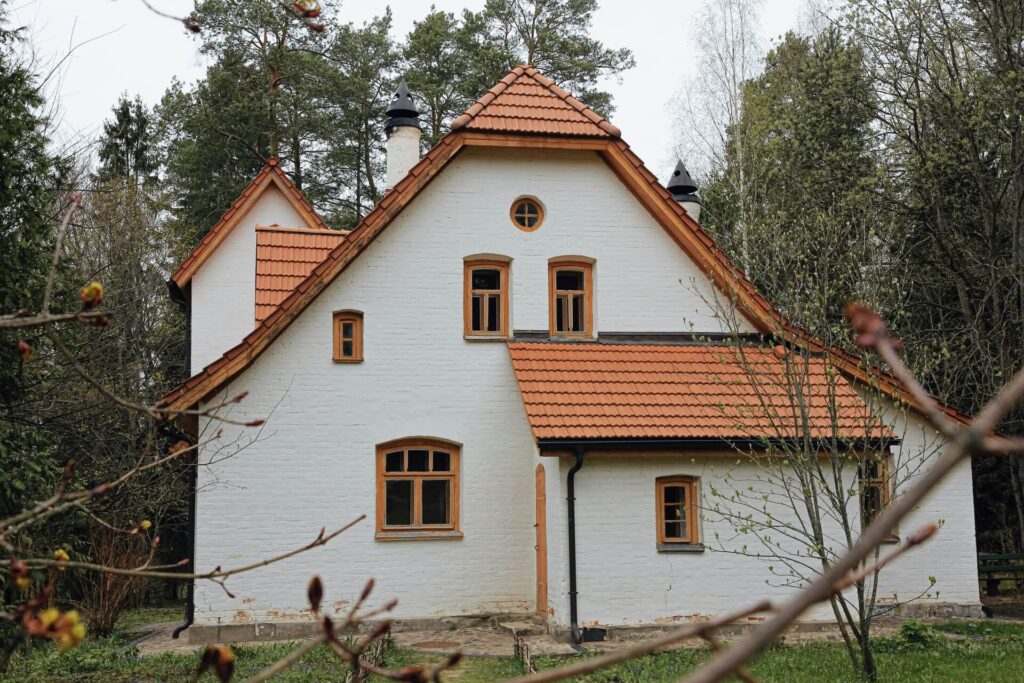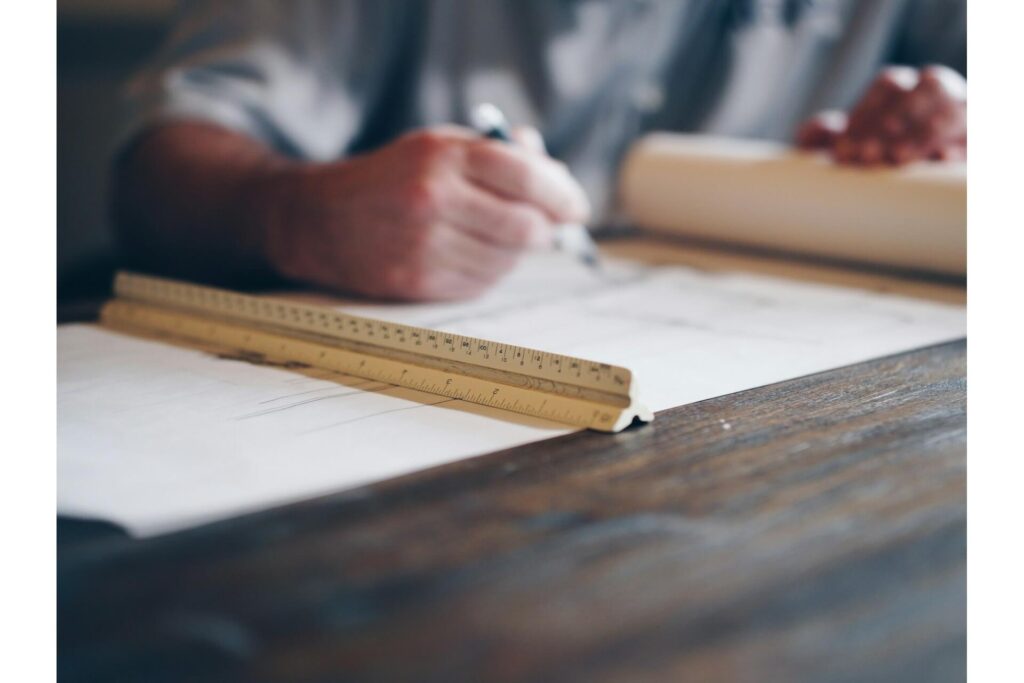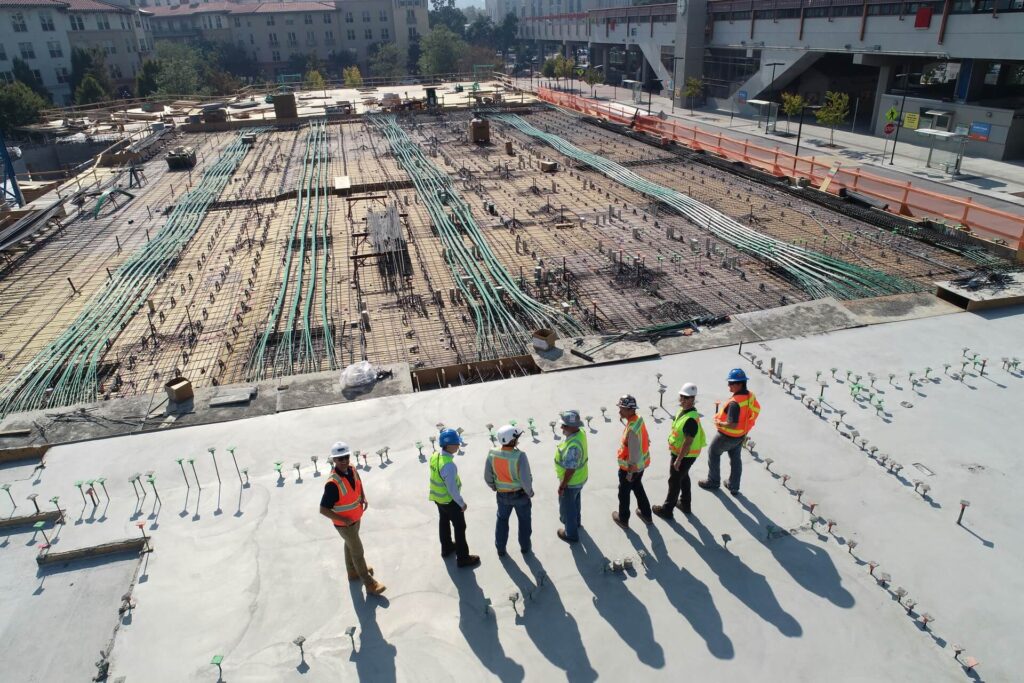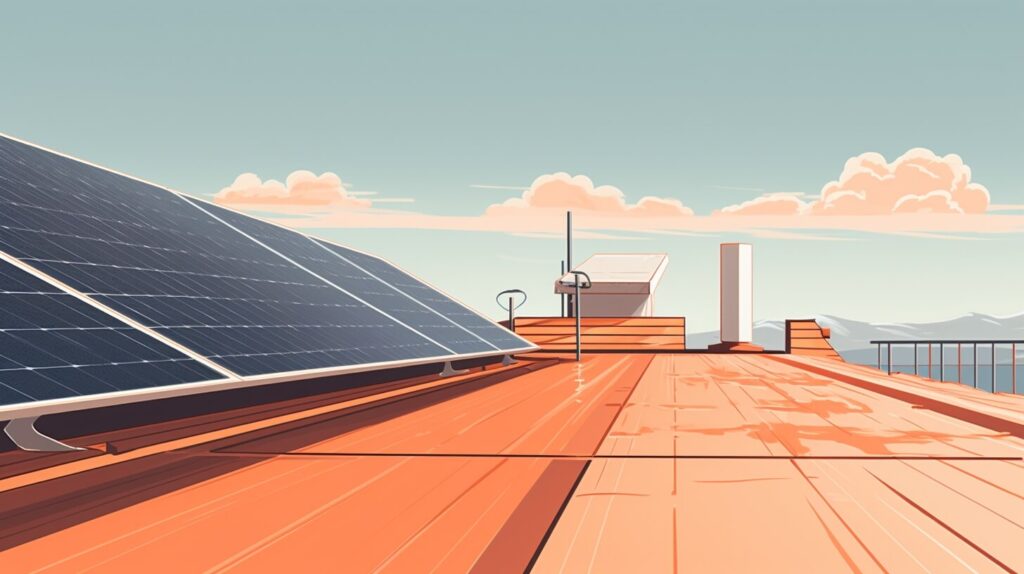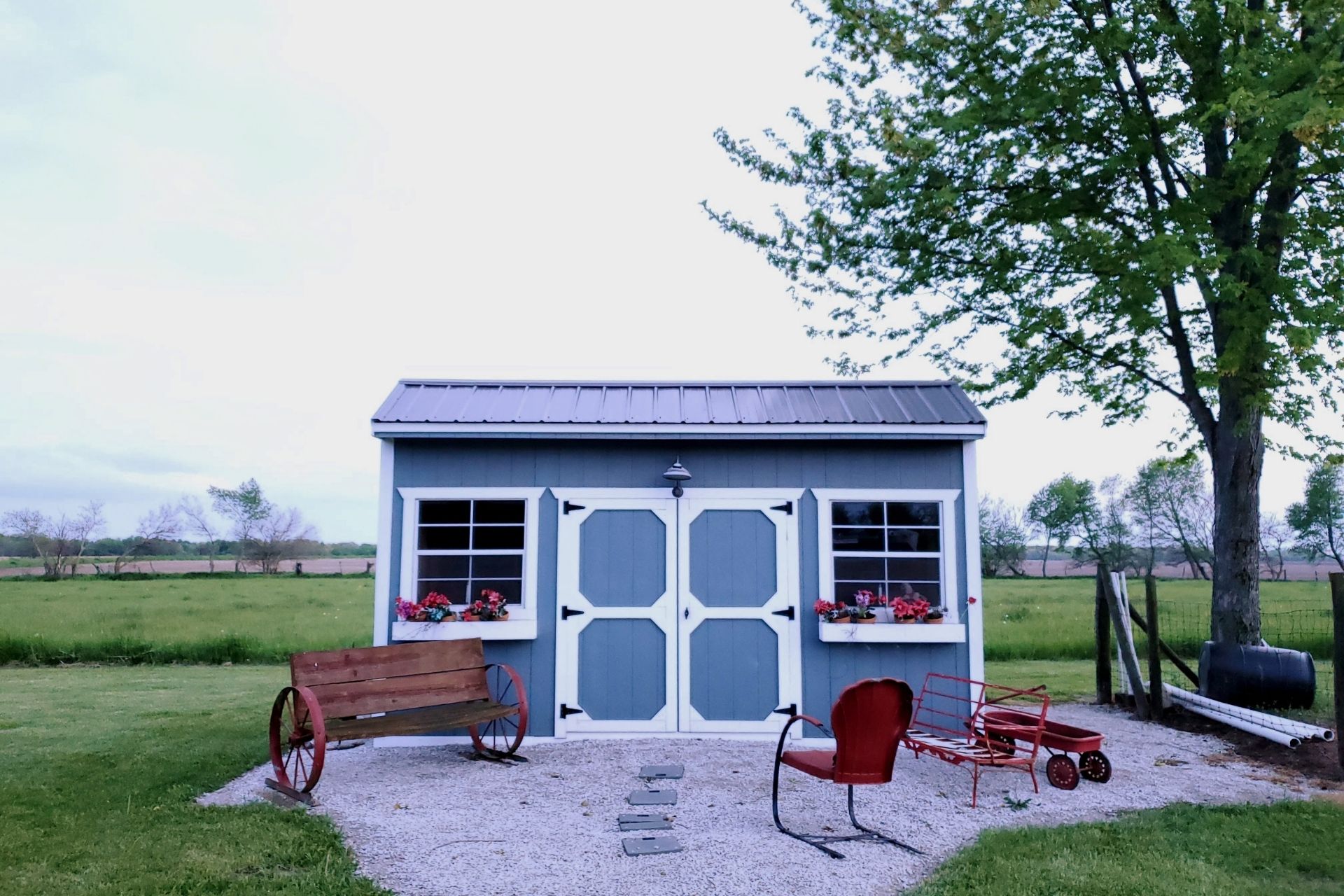
We are reader-supported. When you buy through links on our site, we may earn an affiliate commission.
Tiny homes require less maintenance and can be cozier. Although, when it comes to building one, there are a few different things to think about. Here are some tips to help you design your own tiny house.
1. Start By Getting Inspired
Before you can start construction, you want to envision what you want your house to look like. Figure out your style preference by viewing other tiny homes online. Besides just the exterior, make sure you also pay attention to the interior layout. Take note of furniture and decor that stands out to you.
Another element to plan for is the type of building materials you want to use. To help the environment, consider using recycled materials, such as an old storage container. These can also be a more cost-effective option.
Once you find a feature you like, be sure to write it down. This will help you remember it when you get to design your own tiny house. To make it even more convenient, separate your list by room. You may have similar items in each room, but this will help you visualize the layout more clearly.
Here are some more things to consider when creating your list:
2. Determine the Size of Tiny House
This is the next important step as you design your tiny house. During this stage, you want to determine the best size based on your needs and lifestyle. Suppose you’re planning to expand your family. You want to have enough space for multiple bedrooms. Also, if you’re building the home, try to pick a manageable size for your physical abilities. Keep in mind your local construction laws can also limit the sizing of your home.
Here are a few more considerations to help you determine the correct size for your tiny house:
- The dimensions of the building materials
- The weight
- Your budget
- The number of people living in the home
Remember your home’s total square footage isn’t set in stone. So, you can adjust it at any time during the process.
Once you determine the initial size, research the measurements of your interior items. Then you want to use graph paper and a ruler to sketch each room to scale, organizing these items inside. This will help you see how much space you need. Also, keep in mind you want to account for the windows.
3. Design a Tiny House Suitable For Your Lifestyle
This is a crucial consideration when you begin to design your tiny house. You want your homes’ design to match your lifestyle. There are multiple reasons you may choose to live in a small home. These can include you like to travel, you want to be more eco-friendly, or you’re on a budget.
A tiny house allows you to easily pack up your essentials and leave town for a while. If you don’t even want to leave the comfort of your home, consider adding some wheels. You could try converting a bus or a purchasing trailer home.
A small home is also good for people who are more environmentally conscious. With their smaller size, they naturally use less energy than traditional properties. You can also add energy-efficient features, such as solar panels or wind turbines, to your home.
For those on a budget, tiny homes are more affordable options. You save money on the construction cost and utilities. Also, when planning, make sure the interior design matches your lifestyle. Suppose you like to cook, you want to have a large enough kitchen area.
4. Take Advantage of Technology
Once you know how you want your property to look, you may want to use some technology to design your tiny house. Computer programs and apps make planning simpler and more efficient. It’s also a great way to see your plans come to life.
Here are some of the different software programs available:
Sweet Home 3D: This free software can be downloaded from the website or used online. The controls use a click and drag method with informative pop-up tabs. The software has a wide variety of style preferences and lets you customize the floors and walls.
SketchUp: This 3D modeling application has multiple uses, such as for interior design. It lets you build almost anything with intricate detail. There are also lots of video tutorials to help you out.
FloorPlanner: It helps you create floor plans and has a user-friendly and intuitive layout.
HomebyMe: Homebyme is a 3D software planning service that is easy to use. You just click on the wall tab, and the dimensions will automatically pop up. It also includes a 360-degree view to immerse yourself in the project fully.
CAD Pro: This paid program is for designing custom house plans or landscape blueprints. You can create shapes and lines using the click of your mouse. It also includes advanced tools for a more professional appearance.
5. Learn From Other People’s Experiences
Creating your tiny house makes you part of a community. Consider checking out online sites, such as blogs and forums, so you can learn about other people’s experiences. This can also help to give you design ideas or avoid mistakes made by others.
Here are some common mistakes people may make when creating their tiny home:
- Not accounting for wall thickness
- Remembering to measure for the door swing
- Trying to fit large furniture through the door
- Not leaving room for their trim
- Buying customize windows
- Forgetting to look at building codes for bathrooms
Along with these common mistakes, keep in mind how you plan to take care of your electrical and water units. These take about a large portion of space. You will need more room especially if you use a freshwater tank instead of the city’s water supply. Also, when heating your home, leave room for a wall unit or wood stove. To keep track of all the different utilities, review other tiny house blueprints.
6. Check Your Local Laws
Reviewing your local zoning laws is essential before designing your tiny house. These may determine factors, such as the size of your house, the location, and even what materials you can use. For example, many areas require your home to be at least 700 to 1,000 square feet.
Also, keep in mind some areas may require you to have a building permit for construction. Reading up on these laws prevents you from facing trouble down the road or having to redesign.
7. Keep in Mind Your Foundation and Roof Materials
When creating your tiny house, plan out your foundation and roofing style ahead of time. Consider if you want your house to be transferable or not. This can be appealing for those who like to travel or work remotely. To achieve a mobile home, many people build on trailers.
Although there are other foundation materials, such as skids, stilts, or concrete slabs. If you’re looking for a sturdy and more affordable option, consider a slab foundation. Research different types of bases to see which best fits your needs.
Along with your foundation, make sure you pay attention to the design of your roof. Your awning protects you from the elements. However, keep in mind a flat roof may accumulate water more easily. Also, if you live in an area with heavy snowfall, make sure your roof material is strong enough to handle the weight. You want to research multiple roofing options before making your final selection.
Tips to Successfully Design Your Tiny House
Building a tiny house can be a more cost-effective and eco-friendly option. Although, when it comes to creating one, it can feel a bit overwhelming. Follow these tips to design your tiny house efficiently.

